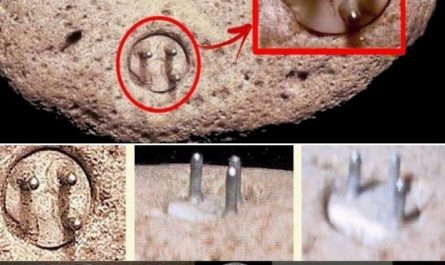The discovery of an “alien” skeleton in Chile captured global attention due to its unusual appearance and subsequent revelation of a rare bone disorder. Initially speculated to be extraterrestrial due to its elongated skull and skeletal structure, DNA analysis eventually identified it as human, belonging to a child with a rare genetic mutation known as congenital hydrocephalus.
This condition causes an abnormal accumulation of cerebrospinal fluid in the skull, resulting in skull deformation and elongation. The skeleton, found in the Atacama Desert in 2003, stood just 6 inches tall but exhibited characteristics that sparked theories of alien origins before scientific analysis clarified its human identity.

The discovery highlighted the importance of careful scientific investigation in the face of extraordinary findings, debunking initial speculation while contributing valuable insights into genetic mutations and their impact on human development. It also underscored the enduring fascination with the possibility of extraterrestrial life and the challenges of distinguishing scientific fact from popular imagination in the realm of archaeology and anthropology.



